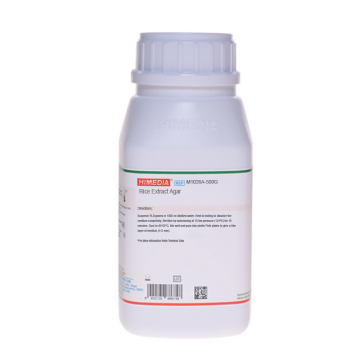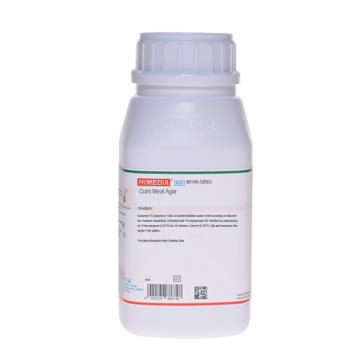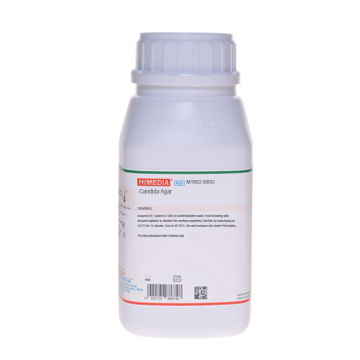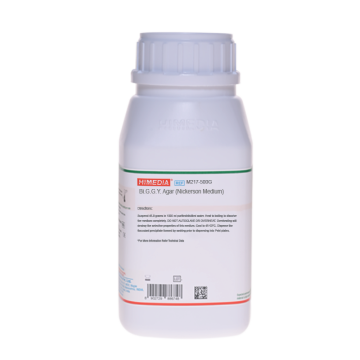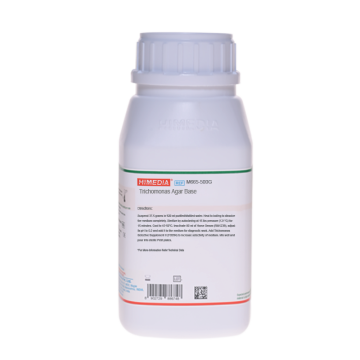 Your enquiry has been submitted
Your enquiry has been submitted
Rice Extract Agar
Fungi -Yeasts and Molds#CC293D
Rice Extract Agar is recommended for identification of Candida albicans by means of its chlamydospore production.
Composition**
| Ingredients | Gms / Litre |
|---|---|
| White rice extract | 20.000 |
| Agar | 20.000 |
Final pH (at 25°C): 7.1±0.2
**Formula adjusted, standardized to suit performance parameters
Directions
Suspend 40 grams in 1000 ml distilled water. Heat to boiling to dissolve the medium completely. Add 10 ml Polysorbate 80. Sterilize by autoclaving at 15 lbs pressure (121°C) for 15 minutes. Mix well and pour into sterile Petri plates.
Principle And Interpretation
Rice Extract Agar is used for the identification and promotion of chlamydospores formation by Candida albicans and C. stellatoides. Taschdjian developed this medium to aid in the identification of Candida species producing chlamydospores, the differentiating positive species from other Candida species (3, 4). It has been shown by Kelly and Funigiello (1) and Waker and Huppert (2) that the addition of tween 80 (Polysorbate 80) to Rice Extract Agar enhances the formation of chlamydospores by C. albicans. However, tween 80 also favored chlamydospores formation in other Candida species, therefore its use necessitated employing further media for species identification (5). Rice extract provides the nutrients required for the growth of Candida species. The addition of polysorbate 80 stimulates chlamydospore formation due to its content of oleic acids. Chlamydospore production is also favored by the use of a lower concentration, 13 g/L of medium, although the medium can be prepared at a higher concentration (25 g/L). Rice Extract Agar with 2% dextrose may be used to promote chromogenesis (pigment formation) and, therefore, is helpful in distinguishing Trichophyton rubrum from Trichophyton mentagrophytes. Inoculate by cutting through the surfaces of the agar with the inoculation wire.
Incubate the inoculated medium at 24-25°C for 18-72 hours. Examine for chlamydospores production microscopically using approximately 100 X magnifications and by focusing upon the line of inoculation.
Quality Control
Appearance: White to light yellow homogeneous free flowing powder
Gelling: Firm, comparable with 2.0% agar gel.
Colour and Clarity of prepared medium: Light yellow coloured clear to slightly opalescent gel forms in Petri plates
Reaction: Reaction of 4.0% w/v aqueous solution at 25°C. pH: 7.1±0.2
pH: 6.90-7.30
Cultural Response
M1026: Cultural characteristics observed after an incubation at 24-25°C for 18-72 hours.
| Organism | Growth | Chlamydospores |
|---|---|---|
| Candida albicans ATCC 10231 | good-luxuriant | positive |
| Candida tropicalis ATCC 1369 | good-luxuriant | negative |
Storage and Shelf Life
Store below 30°C in tightly closed container and the prepared medium at 2-8°C. Use before expiry date on the label.
Reference
- Kelly J. P. and Funigiello F., 1959, J. Lab. And Clin. Med., 53:807
- Walker L. and Huppert M., 1960, Tech. Bull. Reg. Of Med. Tech., 30:10
- Taschdjian C. L., 1957, Mycologia 49:332.
- Taschdjian C. L., 1953, Mycologia 45:474.
- MacFaddin J. F., 1985, Media for Isolation-Cultivation-Identification-Maintenance of Medical Bacteria, Vol. 1. Williams & Wilkins, Baltimore, M.d.
| Product Name | Rice Extract Agar |
|---|---|
| SKU | M1026 |
| Product Type | Regular |
| Physical Form | Powder |
| Origin | Animal Free (Veg) |
| Packaging type | HDPE |
| References | 1. Kelly J. P. and Funigiello F., 1959, J. Lab. And Clin. Med., 53:807 |
| Customized Product Available | No |




